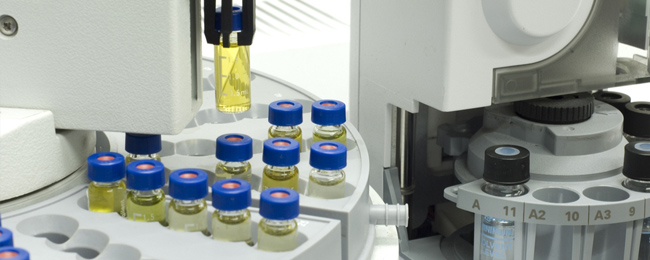
Mass spectrometry (MS) is in essence a tool used in recognizing the make-up of chemical compounds. The defining feature of the method is the analysis of the mass-to-charge ratio of different molecules and molecular building blocks. There are several machine layouts in regards to MS, but the procedure remains the same. In brief, a sample is ionized (given a charge), then the ionized molecules are passed through an electromagnetic field which separates them based on their mass and charge and the resulting detection is plotted in a graph.
A mass spectrometer can be paired with gas chromatography (GC) or liquid chromatography (LC) (separation of substances into constituents based on movement of particles at different speeds) to create ions and to further enhance the sensitivity of MS in detecting the molecular profile of particular substances. Because a tandem chromatography-mass spectrometry (MS-MS) instrument can detect substances at low levels, the most common applications are in the realms of toxicology and endocrinology.
At the UC Health University Hospital Clinical Laboratory, under the direction of Dr. Vincent Ricchiuti, director of Chemistry and Toxicology, a GC-MS was purchased to set-up urine drug screen confirmation (such as amphetamines, barbiturates, benzodiazepines, cannabinoid, cocaine metabolites, opiates, phencyclidine, methadone, tricyclic antidepressants and 6-acetylmorphine). An LC/MS-MS will be purchased to perform analysis on immunosuppressants (cyclosporine, everolimus, sirolimus, tacrolimus, and mycaphelonic acid) and endocrine testing (such as testosterone).
